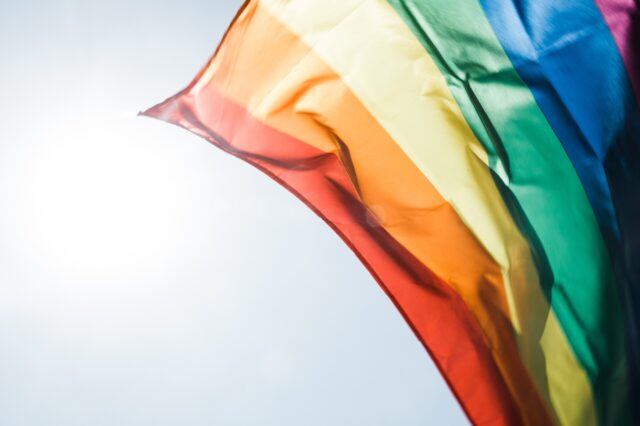Pilot training program aims to improve oncologists' LGBTQ+ literacy

We live in a time of expanding recognition and social acceptance of the spectrum of human sexuality and gender identities. However, even with all this societal change, why do members of the LGBTQ+ community still face significant health disparities when it comes to cancer treatment?
According to the American Cancer Society, people in the LGBTQ+ community face certain health disparities, which are often rooted in barriers to care and lack of comfort in health care settings. Low rates of health insurance (as many health insurance policies do not cover unmarried partners), fear of discrimination and negative experiences with heath care providers deters some LGBTQ+ patients from seeking medical care and routine screenings.
When combined with an increased prevalence for certain risk factors, such as drug and alcohol use, LGBT+ populations also have potentially greater risks for several types of cancer. For example:
• Gay and bisexual men are at a greatly increased risk of human papillomavirus (HPV)-associated anal cancer. • Gay and bisexual women have an increased risk of breast cancer linked to high rates of smoking, obesity, and alcohol use. Women who haven’t had children and haven’t breast-fed, and are older when they first give birth — all factors more likely to affect gay and bisexual women – are also at a slightly higher risk of breast cancer. • Transgender women on hormone therapy have increased odds of breast cancer, but the overall risk is not as high as it is for the general female population. • Gay and bisexual men are the population most affected by HIV. Some evidence suggests that men with HIV, especially those with AIDS, are at greater risk of testicular cancers.
A recent study that surveyed nearly 200 oncologists’ attitudes and practice behaviors regarding LGBTQ+ health found that while many oncologists said they were willing to treat and be listed as an LGBTQ+ -friendly provider, many of them weren’t necessarily proficient in inclusive treatment. For example, only 26 percent of oncologists surveyed said they ask for a patient’s sexual orientation and only 46 percent thought that knowing the sexual orientation of their patient was important.
So while most oncologists tend to have positive feelings toward those in the LGBTQ+ community, many of them aren’t necessarily educated on how to properly make LGBTQ+ people feel welcome and comfortable in a medical setting. This can deter members of the LGBTQ+ community from seeking proper help.
These treatment disparities and lack of knowledge within the oncology community inspired investigators from the UF Health Cancer Center, the Sylvester Comprehensive Cancer Center in Miami, and the H. Lee Moffitt Cancer Center & Research Institute in Tampa to create a pilot program to train oncologists on how to approach treatment for those who are LGBTQ+ . The course, called Curriculum for Oncologists on LGBT populations to Optimize Relevance and Skills, or COLORS, is an online LGBTQ+ cultural competency training for oncologists.
“Working with my collaborators from Sylvester and Moffitt on this educational module was a wonderful experience,” said Merry-Jennifer Markham, M.D., FACP, associate director for medical affairs at the UF Health Cancer Center. “The entire team was focused on creating a training program that underscored the importance of treating members of the LGBTQ+ community with sensitivity, respect and with understanding of their unique concerns. This was important to all of us because, ultimately, helping all of our patients to receive excellent care is the goal.”
The COLORS program is a web-based resource consisting of four 30-minute modules, making the program easy and quick for busy oncologists. The modules include:
1. LGBTQ+ Basics 2. Inclusive environments 3. Initiating oncology care with LGBTQ+ patients 4. Issues in cancer survivorship among LGBTQ+ patients
“We hope that the COLORS training module can eventually be provided to oncologists nationwide,” said Markham. “Providing additional training to oncologists or other cancer care providers on the unique needs of the LGBTQ+ population is an important step in helping to minimize health disparities in cancer care.”
About the author
